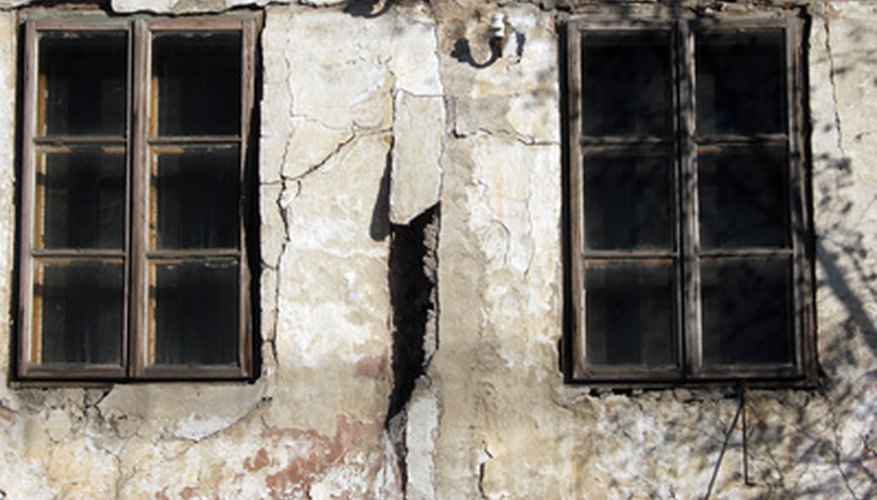Removing old wooden window frames is one of the best things you can do to improve the energy efficiency of your home. One of the more common types of old wood windows are wood sash, double hung windows (the ones with an upper and lower pane). These windows are generally draughty and have likely been painted over countless times and filled with all manner of material around the edges in attempts to keep out the drafts. Though it may seem to be a daunting task at first, with the right tools and a bit of careful manoeuvring, those old double-hung windows will be a thing of the past.
- Removing old wooden window frames is one of the best things you can do to improve the energy efficiency of your home.
- These windows are generally draughty and have likely been painted over countless times and filled with all manner of material around the edges in attempts to keep out the drafts.
Remove any outside storm windows if they exist. Generally, these have been screwed in place and can easily be removed. If they don't want to give, pry at each fastened section with a bit of muscle and a wrecking bar. Be careful to avoid breaking the glass.
Remove the actual window panes carefully from inside the house. You'll first want to carefully pull away any trim around the window. Then a small wrecking bar can be used to pry the small strips of moulding that line the height of the window to keep the panes in place--these are generally referred to as window stops. Carefully loosen the window stop from one side of the lower pane and it should simply slide out. It's likely that the moulding/stop has been painted numerous times so you may have to run a knife down the seam to help it pull free easier. Ensure that the top pane is not going to slide down and break the glass; it should be secure but be wary. If need be, prop it in place with a length of wood until the lower pane is safely out of the way.
- Remove the actual window panes carefully from inside the house.
- If need be, prop it in place with a length of wood until the lower pane is safely out of the way.
Saw through the mainframe of the window half way up the sides (jambs) once the panes are removed. Cut just enough to sever the frame, stopping before you hit the plaster or drywall beside the frame. With your wrecking bar, you should find that by prying at your cut section, the frame will start to come loose from where it's fastened to the wall. If you find the frame won't pry loose look for any stubborn nails and cut them with your reciprocating saw.
Remove the top part of the frame and the sill in the same manner as the jambs, taking extra care with the top portion. It's possible with upper floor windows that the top portion of the frame is attached to the soffits and if this is the case, it should be loosened before any prying takes place so as not to damage the soffits.
- Saw through the mainframe of the window half way up the sides (jambs) once the panes are removed.
- It's possible with upper floor windows that the top portion of the frame is attached to the soffits and if this is the case, it should be loosened before any prying takes place so as not to damage the soffits.
Scan the opening for nails and debris and remove anything that's in the way before preparing to install a new window into the opening.
WARNING
There is always a possibility of breaking glass so be sure to wear gloves and eye protection and always proceed with extreme caution.
